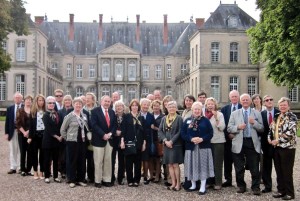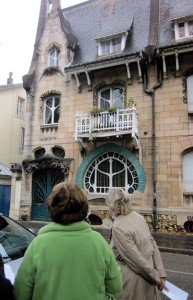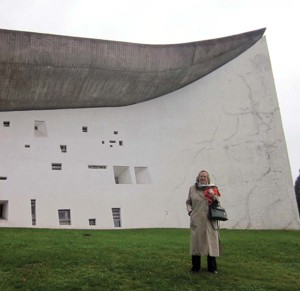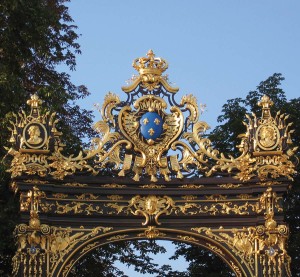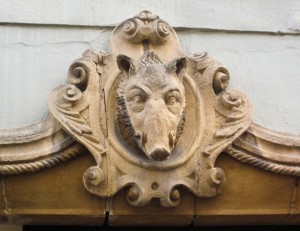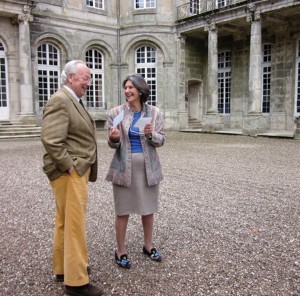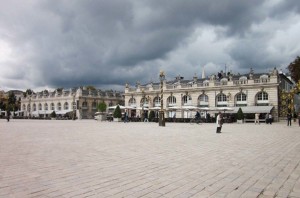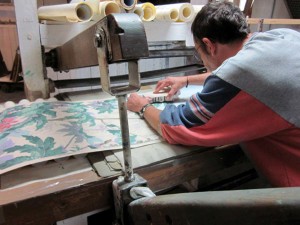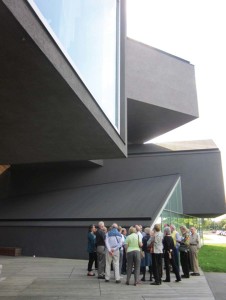The 2013 Fall Study Trip to the Upper Rhine
EVENTS > STUDY TRIPS ABROAD
Along the Upper Rhine is an area known as Alsace, bordered on one side by the Rhine River and the other by the Vosges Mountains in France. Historically, it is a region that was claimed by many—first the Romans, then it was Teutonic, later for 600 years it was under the rule of the Holy Roman Empire, then it was part of the League of ten free Imperial cities. After the Thirty Years War, France claimed Alsace, then Germany again, and, since 1918, France again. It is understandable that today Alsatians, whose language and culture is a mix of French and German, think of themselves as rather independent.
Our Study Trip, too, was a mix of fascinating towns, collections, and buildings from Strasbourg, France, through Baden-Baden, Germany, to Basel, Switzerland. The pictures show a few of the amazing places we visited, but at some we were not able to photograph. For instance, the Bibliothèque Humaniste, founded in 1452 in Selestat, houses some of the most interesting and beautiful manuscripts and books donated in the 15th century by learned people in this early university town, and are still in their place there today. We saw the famous Mathias Grunewald altarpiece, 1512–16, in Colmar, partly conserved and now being moved by the government under controversy over its safety and conservation techniques. The kind hospitality of La Princesse de Beauvau-Craon, amidst her valiant work of preserving the family château, was especially memorable. The Musée de l’Ecole de Nancy, founded by the glassmaker Emile Galle, a forerunner of the Art Nouveau movement in France, displayed glass by Galle and Daum as well as furniture, ceramics and textiles by other notable designers of the period. The Zuber factory was a highlight, as we watched craftsmen use the 200-year-old wooden blocks, made of plane and pear wood, that are now National Treasures not to be copied, loaned or repaired. Another favorite was the newly installed Auerbach Cabinet of Curiosities in Basel’s Historical Museum and their beautiful 15th and 16th-century tapestries. Also, in Basel, we enjoyed the hospitality and expertise of ceramic specialists George and Margaret Segal. Much thanks goes to Helen Scott Reed, whose dream this trip was, for giving us such an amazing mix of sites to see and learn about.
SAVE THE DATE
- Special Symposium
“Classical Splendor”
The Philadelphia Museum of Art
November 4, 2016 - New York Antiques Weekend
January 20-21, 2017 - Spring Symposium
Savannah
April 21-24, 2017 - Spring Study Trip Abroad
Scotland
May 14-22, 2017 - Fall Symposium
Hartford & Western Connecticut
September 2017 - Fall Study Trip Abroad
Venice and the Veneto
October 9-16 and 22-29, 2017

